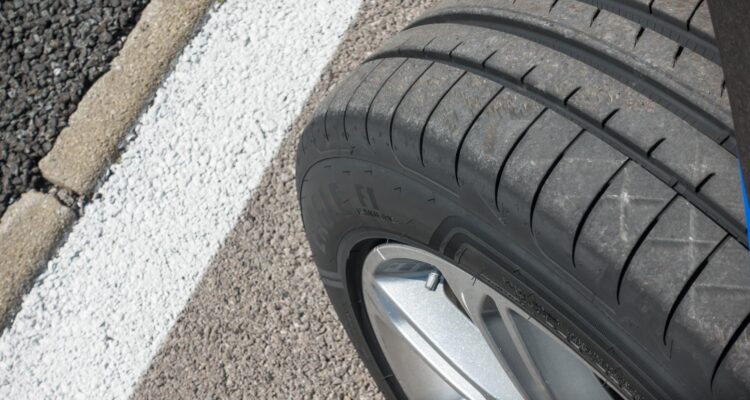Precision. That is the aim of the game when it comes to designing a car capable of blowing away the competition in the NASCAR. It’s a lesson we would be well-placed learning from in our day to day lives too. How much fitter, happier and wealthier would we be if we approached the mechanics of our lives in the same way that NASCAR teams treat the design of their cars?
Immeasurably is the answer. But before you go off and download an AI program to schedule your diary and streamline your day, or an odds calculator to maximise your chances of success the next time you’re betting on the racing, let’s take an in-depth look at the hidden mechanics of NASCAR vehicles…
Custom Built
The demands of Formula 1 and NASCAR are very different and, as a result, the vehicles driven by the drivers are completely dissimilar to one another. The whole idea of NASCAR vehicles being custom built however, is at odds with the description of them as ‘stock cars’.
That description indicates that the cars out on the track are stock cars that I and you could buy from a garage, but they’re not. The only stock elements of these vehicles are cosmetic ones like the hood, roof and trunk lid.
Beyond that, everything is customised and purpose built to ensure maximum velocity, which is why these cars have no headlights, no brake lights, no speedometers, gas gauges, stereos, air conditioning or even airbags!
The Component Parts That Make NASCAR Vehicles so Fast and Powerful
Taking out all the superfluous elements of a car like the glove box and gas gauge can only get you so far in terms of performance. So what about the specific components and design helps them to reach speeds of over 200mph and get from 0-60 in the blink of an eye? Let’s take a closer look:
The Engine
The beating heart of any NASCAR vehicle. This is what provides the car with power. Typically NASCAR vehicles use V8 engines that is located underneath a hood specifically designed to allow as much outside air in as possible to aid with cooling. In addition to this, the engine has its own cooling system to help reduce the huge amounts of heat the engine produces as it roars the car along.
The engine is connected by a red, foam-lined fuel line to a puncture proof, 76 litre fuel tank which helps to keep the engine running at maximum capacity.
(The evolution of Chevy’s NASCAR engines.)
The Skeleton
From the beating heart of the vehicle to the tough outer skeleton that holds everything together. NASCAR vehicle frames are divided into three pieces: a front clip, a centre section and a rear clip. All of which are bolted together and have been designed to be detachable to aid in quick repairs.
The exterior has been specifically designed with aerodynamics in mind. The front splitters are angled to create downforce at higher speed. The front bumper is raised at the centre and lowered at the sides to limit the amount of air passing directly under the car and reduce drag.
Each tyre is supported by a front and rear coil over suspension system which dramatically increases the shock absorption on the vehicle. Upper and lower control suspension arms are also flanked by anti-roll bars for safety purposes.
The Brain
Strictly speaking in this analogy the brain should be the driver, but we’re actually talking about the most important parts of the car. The parts that get it around the track and keep it out of danger – the steering system and the brakes.
The steering wheel in NASCAR vehicles is removable to allow easy access for drivers, but it is also hydraulic which it needs to be to handle the robust forces placed on it during a race. In addition to this it is paired up with a toe link adjuster and shims which allow the driver to change the tyre angle.
Finally the braking system, which is also hydraulic, has an element of customisation to it too. Attached to the disk braking system is a bias screw which can be controlled via a knob on the dash by the driver. This allows the driver to apply different pressure on the rear and front tyres to reduce the risk of roll-off.
(Larry Mac explains the intricacies of a NASCAR braking system.)
In Summary
There is an awful lot more science to NASCAR vehicles than we could cover here, or even in another 10 articles. Suffice it to say that everything from the tyres to the roof have been meticulously designed to get the highest speed possible out of the vehicle and maximise the driver’s chance of victory.






